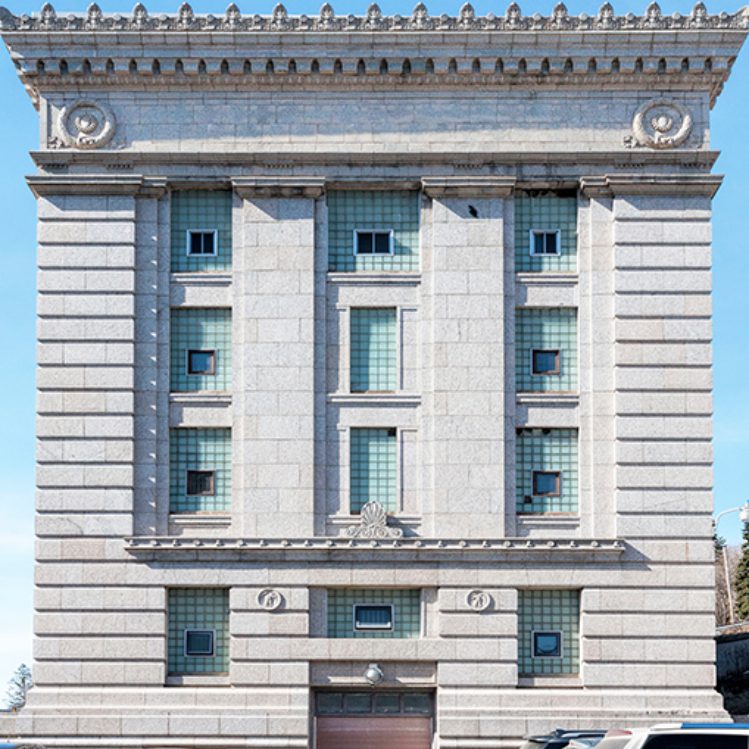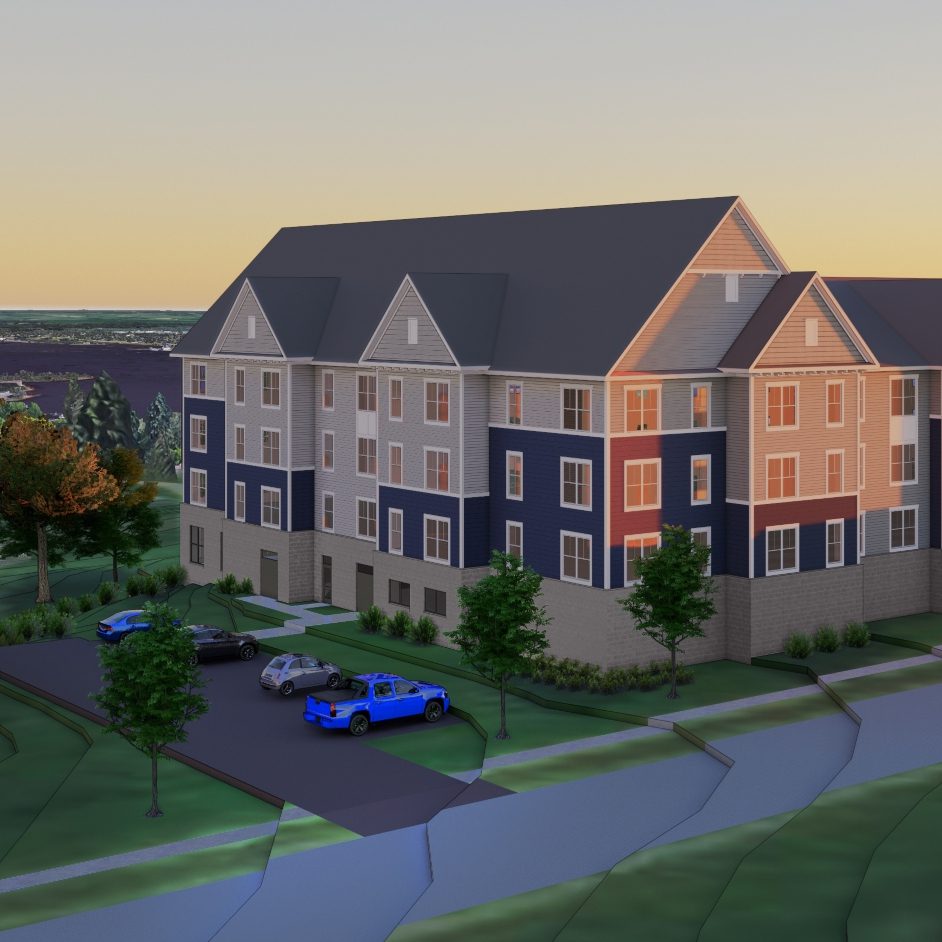
When developers needed help turning an historic gem in downtown Duluth into a contemporary apartment building, they turned to LHB to get the job done right.
Located in the heart of downtown Duluth, the St. Louis County Jail was completed in 1923 and kept scofflaws off the street for more than 70 years. After the county moved its operations to a new facility in 1995, the 35,000-square-foot historic structure, featuring Doric columns and such outstanding details as carved-stone lion’s heads, lay vacant. New jail birds moved in: pigeons.
The building, listed in the National Register of Historic Places, will reopen this fall as Duluth’s newest and certainly most unique apartment complex. Developed by New Burnham LLC and designed by LHB, the facility will house 33 boutique mixed-rate units—including several affordable housing units. Meghan Elliott, founder of the historic-preservation firm New History and a New Burnham partner, says, “I’ve spent my entire career in building reuse. If I can see and understand where a blighted building has been, then I’m driven to figure out where it can go next.”

The challenges of this adaptive-reuse project, combining structure, program, building systems, public support, and creative financing, made it all the more enticing to Elliott: “I could see the solution,” she says, “but I also knew that it was unlikely that any other developer would be willing to invest the time, money, and social capital to make it work.”
From the terrazzo floors of the booking room (recast as the lobby) to the steel-bar remnants left on some of the windows (cleverly retained to prevent falls), historic details are being exposed and highlighted wherever possible. Elliott and her partners are marketing the facility as Leijona, the Finnish word for lion.


LHB has a deep portfolio of successful housing and historic preservation projects, and the firm’s knowledge of structural, mechanical, and civil engineering helped shape the final design. But as with all historic structures, there were surprises and plenty of problems to solve along the way, says LHB architect Andy Madson, AIA. “We have lots of experience designing housing at LHB but turning a jail into apartments was definitely a new challenge,” Madson says. “We basically had to restructure the entire building because it was based on a 6-by-8-foot cell structure.”
In fact, the steel bars that formed the jail cells in the center of the facility were an integral part of the original structural design. Redesigning the floors so dwelling units were on the perimeter of the building while corridors were in the middle also proved tricky. The LHB design team and its partners rose to the challenge, though: With construction wrapping up this fall, a certificate of occupancy is expected to be issued in December and the first residents will arrive in January 2023.
The new structure helps address an ongoing housing shortage in Duluth and breathes new life into an abandoned architectural landmark. Says Madson, “I love the fact that our work will repurpose this unique building and bring vibrancy to this corner of downtown Duluth.”
Got a housing project or an historic structure that needs a new lease on life? Contact one of our housing or historic preservation specialists.

